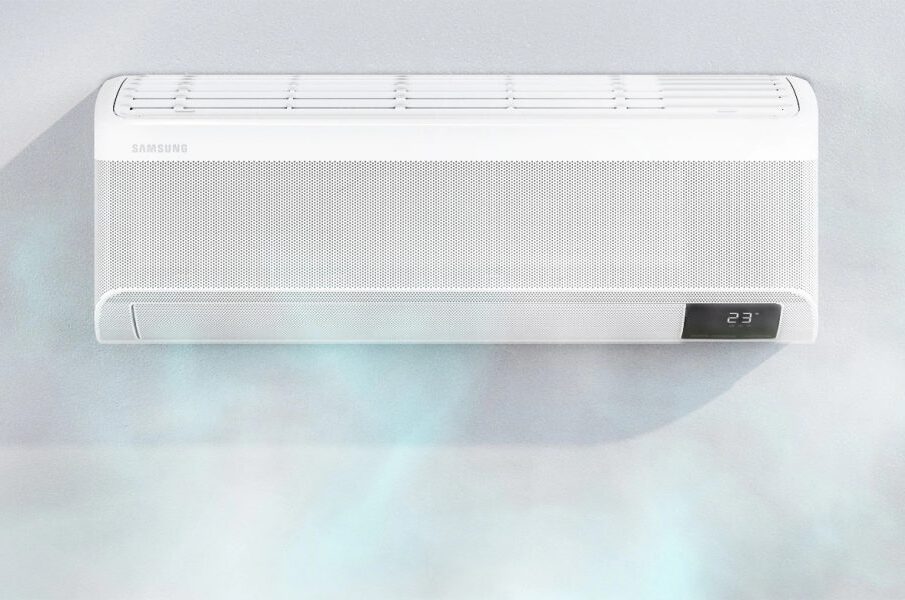Buying Advice for a State-of-the-Art Heating, Ventilating, and Air-Conditioning Unit

If you’re sick of calling a technician to repair your old, temperamental HVAC unit, it may be time to replace it. Whether your existing HVAC system is on its last legs or you’re just looking to cut down on the monthly expenses, this guide will help you choose the best replacement system for your home.
Types of Air Conditioning and Heating Units
The most common setup for heating, ventilation, and air conditioning (HVAC) consists of a split system that combines an air conditioner and furnace. However, in addition to the standard setup, there are many more options to consider. Take a look at these four types of HVAC systems, since they are the most common in use today:
Zoned Heating and Air Conditioning Systems
The term “split system” is used to describe a heating and cooling system that is composed of two distinct components. To keep your home cool, you’ll need an outside air conditioning unit, which is often installed on a level cement slab. The heater is often installed inside, usually in a basement, crawlspace, or garage. Air conditioners use refrigerant, evaporator coils, and air compressors to reduce the temperature of the air in your house. From there, the cooler air is sent via your home’s ducts and vents. Warm air in your house may be removed by turning on the fans and releasing it outside. Traditional split systems use a gas furnace for heating, although oil furnaces and heat pump split systems are also popular. Choosing the right hvac system is very important here.
There are a few different ways a split system might be set up, and they are as follows:
- Both a heater and an air conditioner: Works reliably in every environment, despite the fact that certain regions have more stringent efficiency standards.
- A heat pump with an air handler is a great option for those living in warmer climates where winter lows seldom dip below freezing.
- In very cold climates, a heat pump with an integrated furnace is a great option.
If the ductwork in a house is already in place and the homeowner simply wants to make some adjustments, a split system, which may include air conditioners, heat pumps, furnaces, and other components—could be a convenient option.
Absence of an Internal Ventilation System
If your home doesn’t have ductwork, you probably have a ductless split system. You’ll have the most precise temperature regulation throughout the house with one of these systems, since it consists of a series of standalone units installed in each room.
Each indoor wall-mounted device requires a corresponding outside compressor. It’s because of this that installing a ductless split system is far less complicated than installing other types of systems. When you don’t want to spend a tonne of time and money building a complex duct system, this is a great option.
Modular Heating, Ventilating, and Air Conditioning Systems
Simply said, a packaged HVAC system is a single unit that performs both heating and cooling duties. In most cases, these systems are installed on the building’s exterior, either on the roof or the concrete slab. With an indoor thermostat, you won’t have to go out in the rain or snow to make temperature adjustments. However, it’s worth noting that packaged systems aren’t often installed in homes, have a shorter lifespan than split systems, and aren’t as adaptable as other options.














